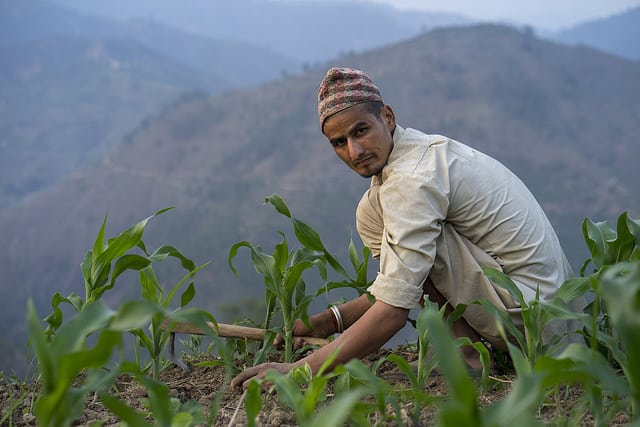Newly released database for 11 CGIAR mandated crops across 15 countries
“We now have covered a very large majority of the most relevant crop-country combinations for CGIAR over the period 2009 – 2015.”

Photo by P. Lowe (CIMMYT)
The breeding and dissemination of improved crop varieties has been a central feature of CGIAR research since the earliest days of the Green Revolution.
In an era in which aid dollars invested in agricultural research are subject to ever-closer scrutiny regarding value for money, it is hard to think of more important ‘results’ on which CGIAR needs data than a) the release by individual governments of improved varieties developed by CGIAR breeding programs, and b) the subsequent adoption by farmers (or lack thereof) of these varieties.
Ideally, such data would be abundant to the extent that CGIAR could use the information to document impacts (see – ‘Two Blades of Grass: The Impact of the Green Revolution’) and to inform varietal development and delivery efforts.
While we are far from realizing this vision, large-scale data collection efforts such as were carried out by Michigan State University with a number of CGIAR centers and their national partners for the Strengthening Impact Assessment in the CGAR (SIAC) are an essential step.
The newly released database comprises varietal release and adoption estimates for eleven CGIAR mandated crops for 15 countries across South, South-East and East Asia, representing 134 combinations of crop by country. Systematizing the data collection on varietal releases might be considered to be essential house-keeping by CGIAR, and can be done at relatively low cost by CGIAR Centers working with their National Agricultural Research System (NARS) partners.
However, there is a huge jump from having an updated varietal release list for each crop-country combination, to having valid estimates of adoption across the agricultural area of the country. Collecting data on adoption comprises two particular challenges – representativeness of the data (across geographic space) and valid identification of the varieties (distinguishing one variety from another).




